How many times have we heard, “Don’t forget track is a model too?” So as I was walking through what was left of the yard in Shamokin, PA the other day, I took notice of some of the track details. Some of what I saw contradicted what all the experts tell us to do.
We all have been told “the prototype NEVER lines up rail joint bars across the two rails.” They should be staggered. Well look at the above image on the far track.
Also the standard drawings I’ve seen clearly show that the joint bars should be set over two cross ties. Look at both the near rail and the far rail, both only are resting on just one cross tie.
We have also been told to keep the turnout throws on the outside of a pair of tracks or crossover. Look closely, both of the turnout in what was this crossover they are on the inside of the crossover.
Something seems to be missing, and again notice that the throw mechanism is between the two tracks….
You are supposed to lay your rail straight and avoid short kinks.
Also check out the siding on the left, the track ends with no bumpers, wheel stops, not even a pair of ties laid on top of the rails….. can’t do that, right?
All kidding aside, this was the track condition in what track was left of Shamokin yard. The last photo shows a heat kink that has thrown the main out of gauge. The left hand track is the old North bound main, a cross over is just on the other side of the bridge at the end of the yard. The turnouts in the photos are at the Southern end of the passing track in town.
In this current condition you could not get a train through the town on this day.
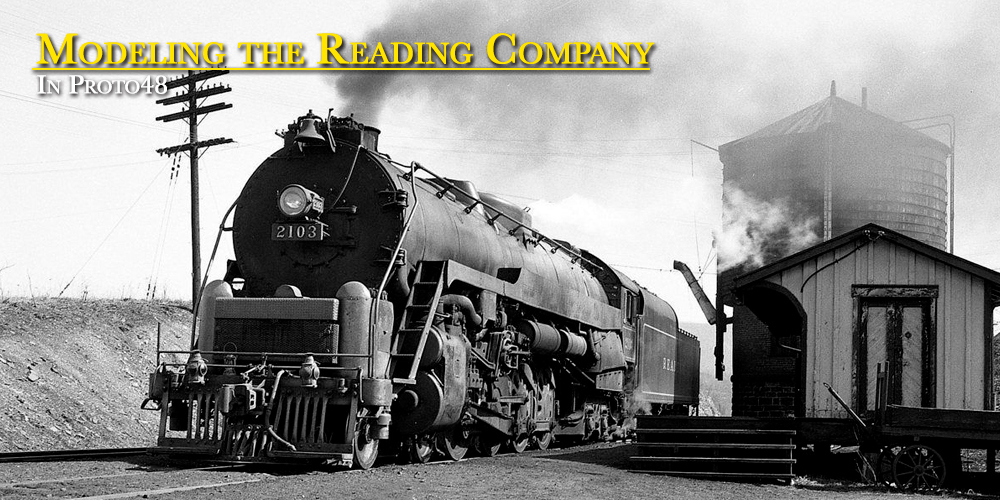
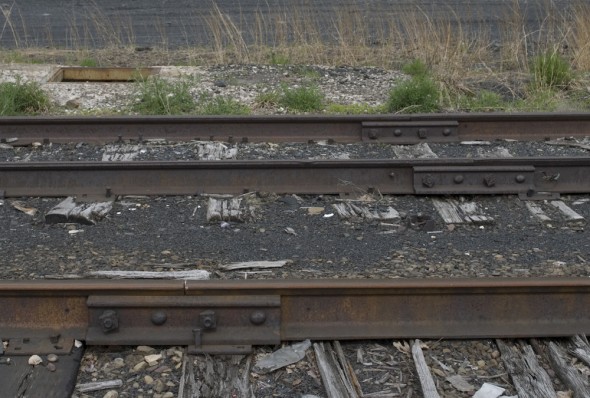
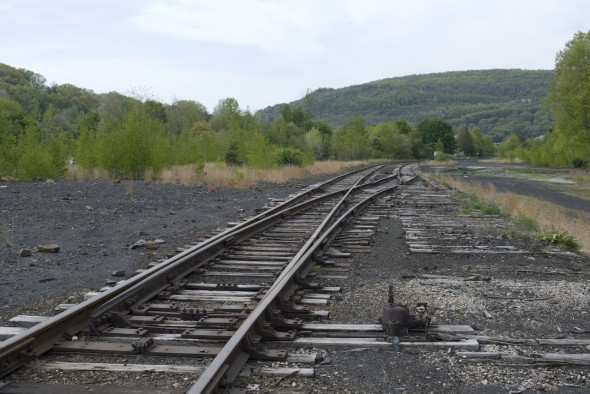
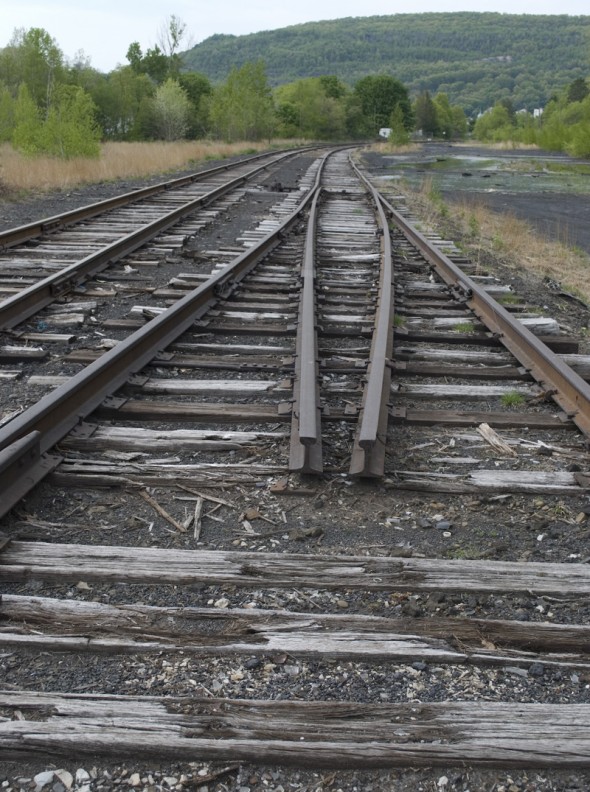
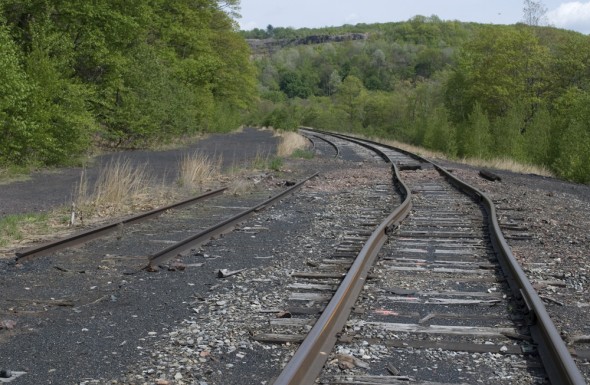
I would purchase one of your hopper books if you ever get around to doing so. To keep costs down. Have you ever considered offering your book as a PDF file or a CD?
John Caples
John,
At this time we are looking into options on publishing the book through a different publisher. We have no interest in starting up our publishing business again. If that happens you might still see the book.
George
I was wondering how the Shamokin yard modeling project was going?
Steve,
The Yard modeling is on hold for the moment. I really have to finish up one of the frames for the K1 to make sure it will take the curves I’ve designed for the basement. So more time will be spent this Winter on the workbench in stead of the benchwork.
George,
Great site. Found out about it through a post by John Caples on the Reading Modeler site. My question is – did you ever follow up your covered hopper book.
Francis A. Pehowic, Jr.
Sunbury, Pa.
Francis,
Yes and no. Bobb and I built the next two books Volume II and Volume III on Open Hopper cars.
We never had them printed because there was not enough of a market for the freight car books back in the early 90’s.
We’ve talked a number of times about picking up the project again but there are plenty of other projects to fill the time.
George
There wasnt a nything done to maintain the track since the 70s except for some tie replacement on the main and scavenging of switch parts in the sidings-almost pure RDG just as it was left on4/1/76
@Steven Zuby
Steven,
I didn’t notice a lot of missing tie plates. But that would not surprise me. There was trouble with that a few times here in South Jersey over the last few years.
The one thing I did notice when I was out around the bridge was the guy who rode past me on a quad with a shotgun across the handle bars.
George
This is typical Reading rail 130HFand 140PR mixed in with a mix of cinder and stone ballast.That kink occured after April11 since Iwas up there in Feb someone was trying to steal all the fish plates.
Nice shots. That’s some really beat track. Typical old coal region r.o.w. I plan to spray some of my HO ties a lighter color next time to get more of that bleached look so it contrasts with the coal silt ballast better.
Mr Bill,
I would say more of a typical coal region r.o.w. for 2011.
It doesn’t look that bad in photos from the 50’s or 60’s.